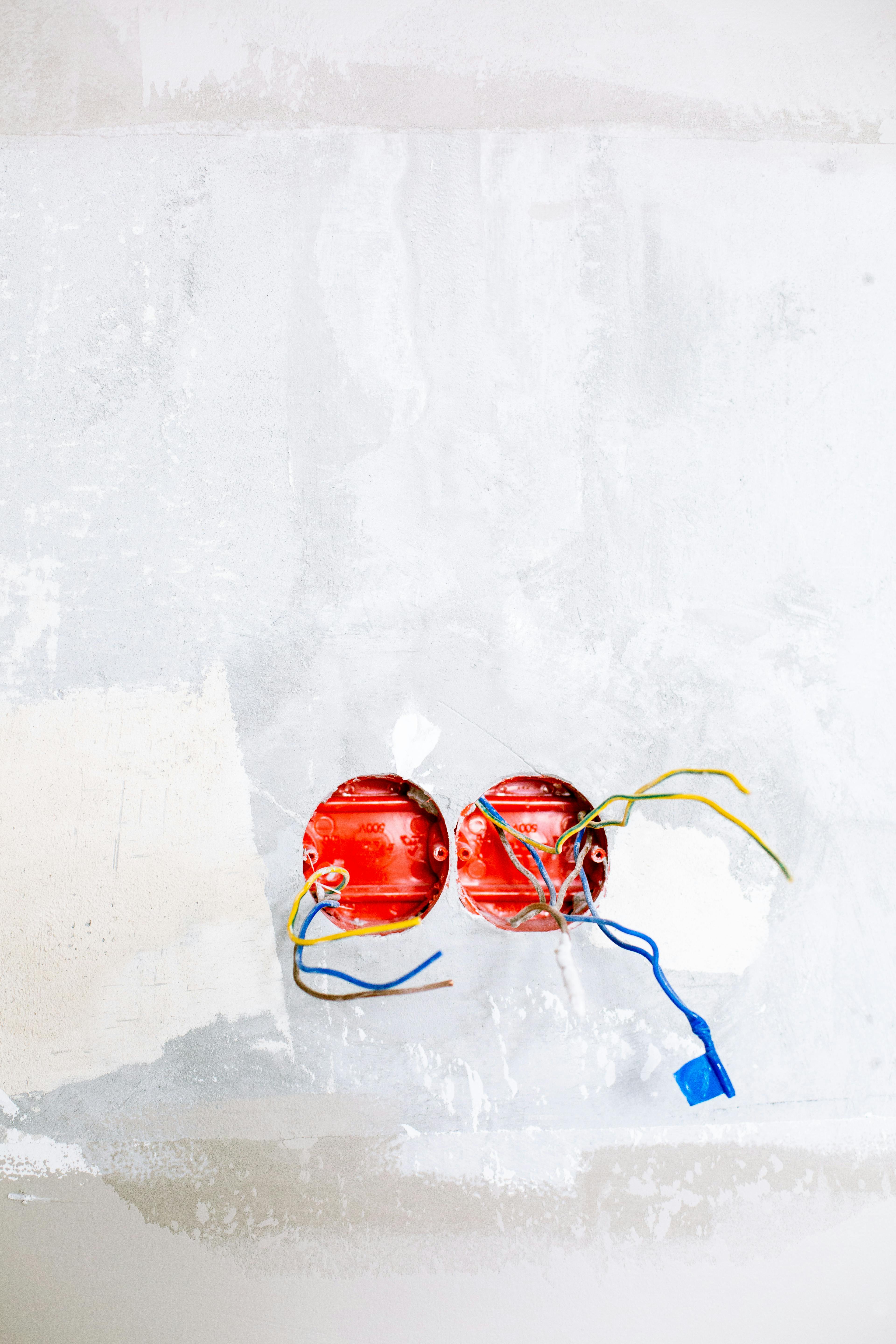
How to Effectively Remove a Splinter: Smart Solutions for Quick Relief in 2025
Splinters are a common yet often painful inconvenience. They can occur at any time, whether you’re working with wood, gardening, or engaging in sports. Fortunately, knowing how to remove a splinter effectively can save you from discomfort and prevent infection. This article delves into practical splinter removal techniques, safe methods, and expert advice to ensure a smooth recovery. Whether it’s using a needle for splinter extraction or exploring home remedies, you will find efficient solutions tailored for various situations.
Understanding the importance of effective splinter care not only provides relief but also minimizes complications. This guide will walk you through the essential tools and techniques to address splinters, from the best practices for removing splinters to pain relief strategies and aftercare tips.
Key takeaways include: appropriate methods for splinter removal, signs of complications, and how to prevent future splinters. Equip yourself with the knowledge you need to handle splinters both promptly and effectively, thus ensuring a safe and healthy first aid experience.

Essential Tools for Effective Splinter Removal
Before embarking on a splinter extraction, it’s crucial to gather the right tools. Having the appropriate splinter removal tools on hand can facilitate a smoother process and reduce the risk of infection.
Best Practices for Choosing Your Tools
When deciding on the best splinter removal tools, consider safety and hygiene first. Essential tools include:
- Tweezers: Fine-tipped tweezers are ideal for grasping splinters, ensuring a secure hold without breaking the splinter.
- Needle: A sterilized needle can be helpful for deeper splinters, allowing you to gently lift the splinter out.
- Adhesive tape: Strong tape can sometimes pull the splinter out when pressed against the skin and quickly removed.
Using Tweezers for Splinter Extraction
Understanding how to use tweezers for splinter removal is vital. Here’s a step-by-step guide to ensure effective extraction:
- Clean the area around the splinter thoroughly.
- Sterilize the tweezers using alcohol or boiling water.
- Grip the splinter as close to the skin as possible and pull it out in the same direction it entered.
- Keep a steady hand to prevent breaking the splinter.
Using the right technique with tweezers can greatly enhance your chances of a successful splinter extraction without complications.
Alternative Splinter Removal Methods
If tweezers aren’t available or ineffective, consider these alternative splinter removal methods:
- Needle Method: Gently lift the skin around a deep splinter using a sterilized needle. Once exposed, use tweezers to remove it.
- Vinegar Soak: Soaking the affected area in vinegar can soften the skin around the splinter, making it easier to remove.
- Using Baking Soda: Create a paste with baking soda and water, apply it to the area, and cover it with a bandage overnight. The swelling that forms can help push out the splinter.
Effective Pain Relief Strategies After Splinter Removal
Once you successfully remove a splinter, pain relief becomes a priority. Understanding pain management for splinters can lead to a more comfortable healing process.
Common Pain Relief Options
There are several methods for relieving pain after splinter extraction:
- Ice Pack: Applying an ice pack wrapped in a cloth can reduce inflammation and numb the area, providing immediate relief.
- Over-the-Counter Pain Relievers: Medications like ibuprofen or acetaminophen can be effective for managing splinter pain.
- Herbal Remedies: Essential oils like lavender can soothe irritation and promote healing when diluted and applied carefully.
Significance of Antiseptic Treatment for Splinters
Preventing infection after splinter removal is crucial. Be sure to:
- Clean the wound with soap and water, then apply antiseptic to keep the area free from bacteria.
- Cover the area with a gauze bandage to protect it from dirt and debris.
Monitoring the wound for signs of infection is essential. Seek medical help if you notice increased redness, swelling, or discharge.
Preventing Future Splinters: Tips and Strategies
Prevention is always better than cure. Implementing splinter prevention tips can significantly reduce the likelihood of future splinters, especially in active environments.
Best Practices to Avoid Splinters
Consider adopting these strategies to minimize your risk of getting splinters:
- Wear protective gloves when handling wood or gardening materials.
- Avoid loose or frayed clothing that could catch on sharp objects.
- Ensure work areas are free from splinter-causing debris like broken furniture or outdoor materials.
Educational Resources on Splinters for Children
Teaching children about splinter safety is crucial. Parents should educate children on:
- How to recognize potential hazards that could result in splinters.
- The importance of reporting splinters immediately for timely treatment.
- Engaging them in safe play while encouraging the use of protective gear.
When to Seek Medical Help for a Splinter
While many splinters can be treated at home, there are instances where seeking professional guidance is necessary. Knowing when to consult a doctor ensures that any complications are promptly addressed.
Common Signs of Complications
Watch for these splinter complication signs that warrant professional attention:
- Severe pain or persistent discomfort after removal.
- Signs of infection, such as increased redness, swelling, or pus formation.
- Inability to remove a deeply embedded splinter.
Professional Splinter Treatment Options
In cases where you cannot remove the splinter or complications arise, healthcare professionals may employ techniques like:
- Minor surgical procedures to safely remove the splinter.
- Prescribing antibiotics for infected wounds.

Q&A: Practical Solutions and Tips
What are the best home remedies for splinters?
Some effective home remedies include using vinegar to soak the area, applying a baking soda paste, or utilizing adhesive tape to pull out the splinter. These solutions can ease the removal process without causing additional pain.
How can I prevent infection after splinter removal?
Proper wound cleaning and using antiseptic treatments are essential. Keeping the area bandaged and regularly checking for signs of infection are crucial steps in splinter care.
When should I consider professional help for a splinter?
If you experience severe pain, cannot remove the splinter, or notice signs of infection, it is important to seek medical attention promptly.
What pain relief methods are most effective?
Using ice packs, over-the-counter pain relievers, and herbal remedies can provide effective pain relief after splinter removal.
How can I educate my children on splinters?
Teaching children about the dangers of splinters and how to safely handle sharp objects can drastically reduce their risk. Encourage them to report injuries immediately for proper treatment.